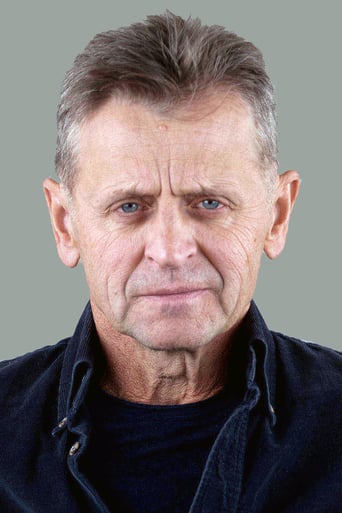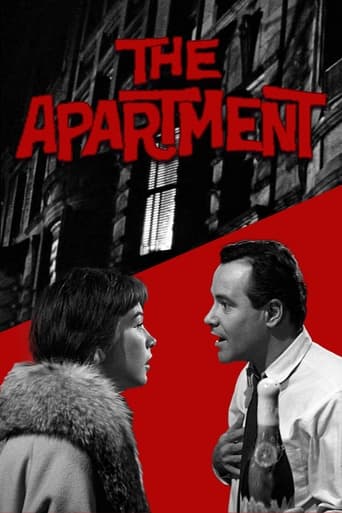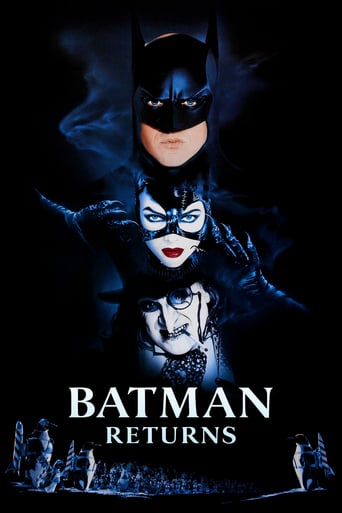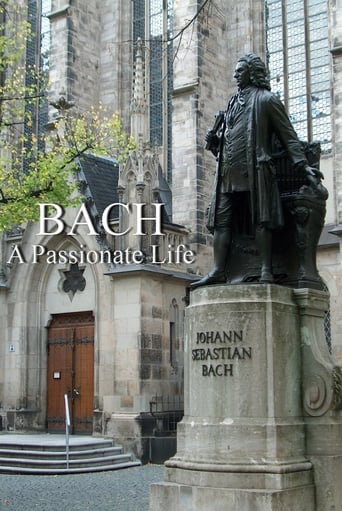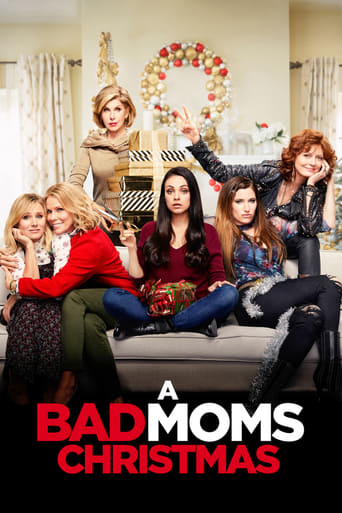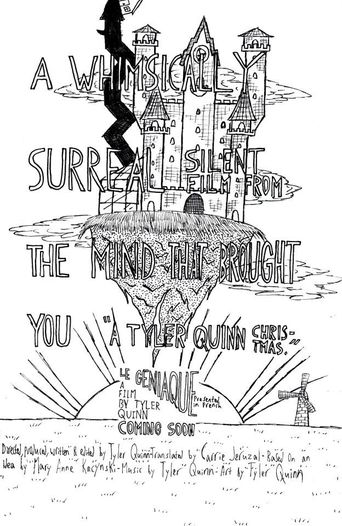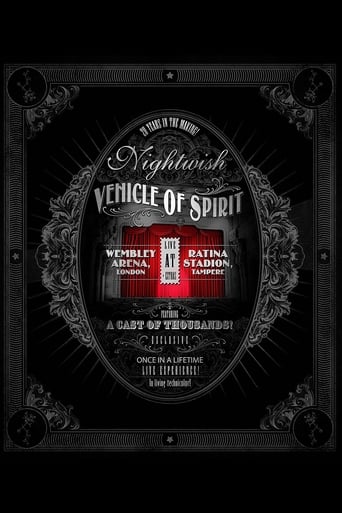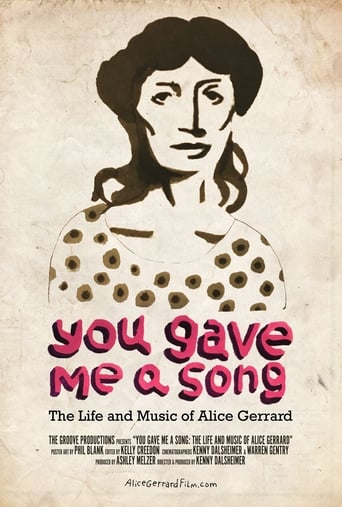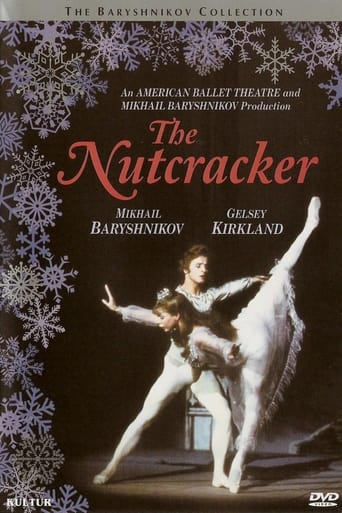

The Nutcracker (1977)
The Nutcracker is Mikhail Baryshnikov's breathtaking and critcally acclaimed Emmy nominated production. The thisspectacular performance is danced by the magnificent team of Baryshnikov, one of the greatest classical dancers of the century, and Gelsey Kirkland, both chowcased at the peak of the their careers, with members of the American Ballet Theatre.
Watch Trailer
Cast


Similar titles
Reviews
Although I am no dancer, I have always taken a big interest in ballet, because I love the music, the stories and the choreography. This is especially true of The Nutcracker and all of the Tchaikovsky ballets.The story of the ballet is timeless, and I loved the decision they made here to make Clara go on a sort of journey character-wise, starting off as a young girl and maturing throughout. And of course Tchaikovsky's music is outstanding, very sparkling and elegant.This Nutcracker is wonderful. The only disappointments for me are some muffled sound and some of the sets are rather murky-looking for my tastes, however some of them do look very nice.Any small faults aside, the costumes are gorgeous, and the camera work and editing are excellent. But what makes this excellent production are the dancing and the leads. This production puts a lot of emphasis on intricate dancing and choreography as has been said before, and this was a decision that paid off and was entirely successful, not just in the duets and group dances but especially in the solo performances, my favourites being the grand party and Kirkland's dance involving jingling bells. As great as Mikhail Barishnikov is here, and he is, very, the star of the show is Gelsey Kirkland, who nails Clara's character and her dancing is just breathtaking.Overall, a real festive bon bon. If in the want of lavish sets maybe this is not quite the production to sink yourself into first, but if in the want of fine performances and some of the best attention to choreography and dancing you'd want, look no further than this. 9/10 Bethany Cox
If you are only interested in ballet and not storyline or sets or costumes, then watch this version. Otherwise, it looks like a high-school production with crudely painted backdrops and lackluster costumes. There is no narration and you can't tell there is a story line, just people dancing around on a stage. Drosselmyer is an expressionless drone. The Spanish Hot Chocolate Performers are indistinguishable from the Arabian Coffee Performers who are indistinguishable from the Chinese Tea Performers who are indistinguishable from the Russian Candy Cane Performers who are indistinguishable from the Danish Marzipan Shepherdess Performers. For a great visual performance of this ballet, see Nutcracker: The Motion Picture.
The problem with "The Nutcracker's" original staging is that the story falls apart in the second act. The first act consists of a reasonable sequence of events, but after Clara helps the Nutcracker defeat the Mouse King & he turns into a handsome prince, they depart for the Kingdom of Sweets & the story line evaporates. After the pair arrive in the kingdom, Clara sits out the entire second act watching a succession of sweet treats dance us into diabetes, while the prince deserts her for the Sugar Plum Fairy. Baryshnikov transforms this incoherent sequence of dream images into a tale that means something. But as witness Celia Franca's "it makes me want to vomit" rant, Misha's vision is often misunderstood. Clara is not having an affair with Drosselmeyer, nor does he desire her.Key to Baryshnikov's interpretation is the Mouse King. It is clear from the King's costume--a purple frock coat & short violet cape--that he is Clara's dream transformation of the drunken adult male party guest who wrenches off the Nutcracker's head. That guest is the only one wearing a frock coat; all other adult male guests wear tails except for an elderly general in uniform, & as the guests depart, the man who broke the Nutcracker ostentatiously swirls a violet cape onto his shoulders. The visual link between that guest & the Mouse King is unmistakable. In fact all the mice are Clara's dream transformations of adult male party guests, including the old general who re-appears as a mouse wearing the same uniform.Adult males are, then, threatening to Clara, which pretty much rules out any idea that she has a thing for Drosselmeyer. Her dream, Drosselmeyer's gift as Baryshnikov's prologue explains, gently allows her to discover womanly feelings with which her dawning womanhood endows her. At the party, Clara is a girl among children, playing with toys including the Nutcracker. Baryshnikov stresses differences between adult & child by contrasting the adults' & children's experiences of the party, unlike productions of the ballet that showcase the children. The children's undisciplined, boisterous carousing interrupts the adults' carefully measured dancing, neatly demonstrating the difference between the worlds of children & their elders. Baryshnikov emphasizes the adult world's menace to Clara by having an adult male break the Nutcracker, not Clara's young brother as is common in traditional productions of "The Nutcracker."Clara's tenderness for the Nutcracker, Drosselmeyer's gift, forecasts her feelings for the prince after she helps him defeat the Mouse King (who broke the toy at the party). Initially, however, her feelings are confused: note her efforts to run from the prince just after he has morphed from the Nutcracker, & the childlike way the pair skip along in the first act pas de deux. In the second act, Clara's feelings develop further. Baryshnikov banishes the Sugar Plum Fairy to make Clara the prince's partner in the second act. Their ecstatic solos & the second-act pas de deux reveal her growing ease with her feelings. But Drosselmeyer reappears to waken Clara: her transformation into womanhood must take place in the real world, not in a dream fantasy. (Drosselmeyer's face is often superimposed on a clock face: he is linked with the passage of time, which must really bring about Clara's transformation into womanhood. In the second act pas de deux, she is clearly hesitant when Drosselmeyer tries to hold her; in obvious contrast, she joyously leaps into the air when the prince embraces her.)Baryshnikov omitted the Arabian variation to keep the film within time limits for TV broadcast. This is tragic; one can only imagine what he and Kirkland might have done with it. Otherwise the score is intact; the familiar Dance of the Sugar Plum Fairy survives with its celeste accompaniment, here danced by Clara. Note her exquisite foot-dragging, wonderfully hesitant yet ecstatic, which was foreshadowed in the first-act pas de deux & is restated in pendulum fashion during the second-act pas de deux whenever Drosselmeyer seeks to hold her (suggesting, again, his association with the passage of time).The production values in the film are high with the exception of the scenery, which could have been more literally rendered; it's often murky to the point of mystery. But uniformly outstanding dancing & excellent costumes go a long way to offset this minor liability.
While other film and video productions of the Tchiakovsky classic emphasize pageantry, amazing sets, and holiday warmth, the American Ballet Theater's `Nutcracker' concentrates on strong dancing and intricate choreography. There is consequently much to adore in this production. Gelsey Kirkland, at the prime of her career, and before her drug addiction and battle with anorexia tragically destroyed her dancing talent, plays Clara as a young girl who matures over the course of the ballet. As such, Baryshnikov's version is less a story of a young girl's Christmas dream, and more a coming-of-age tale.The party scene of `The Nutcracker' is usually a showcase for the children's classes of a ballet company. The Balanchine version, for example, does not really employ any serious dancing until the Waltz of the Snowflakes; most of the first act features children mulling about with their presents. Baryshnikov chose instead to concentrate on adult dancers, turning the Drosselmayer gift sequences in particular into amazingly intricate, well-danced pieces. The Moorish dance stands out as one of the finest, most exciting dances ever to be caught on film.Unfortunately, this production does have a few weaknesses. The dancers reportedly complained that the television set where it was filmed was too cramped, and that the soundtrack was too slow. Indeed, the sound throughout is awful; there are many more vibrant recordings of the music that could have been used. These dancers are professionals used to working with a live orchestra, and they seem confined by the canned music. The sets are unspectacular and washed-out, making this version perhaps the least exciting for young children; both the NYC Ballet and the Sendak version are more visually stimulating.Still, for fans of serious dance, this version must be seen. It is still a thrill to watch Baryshnikov and Kirkland perform.


